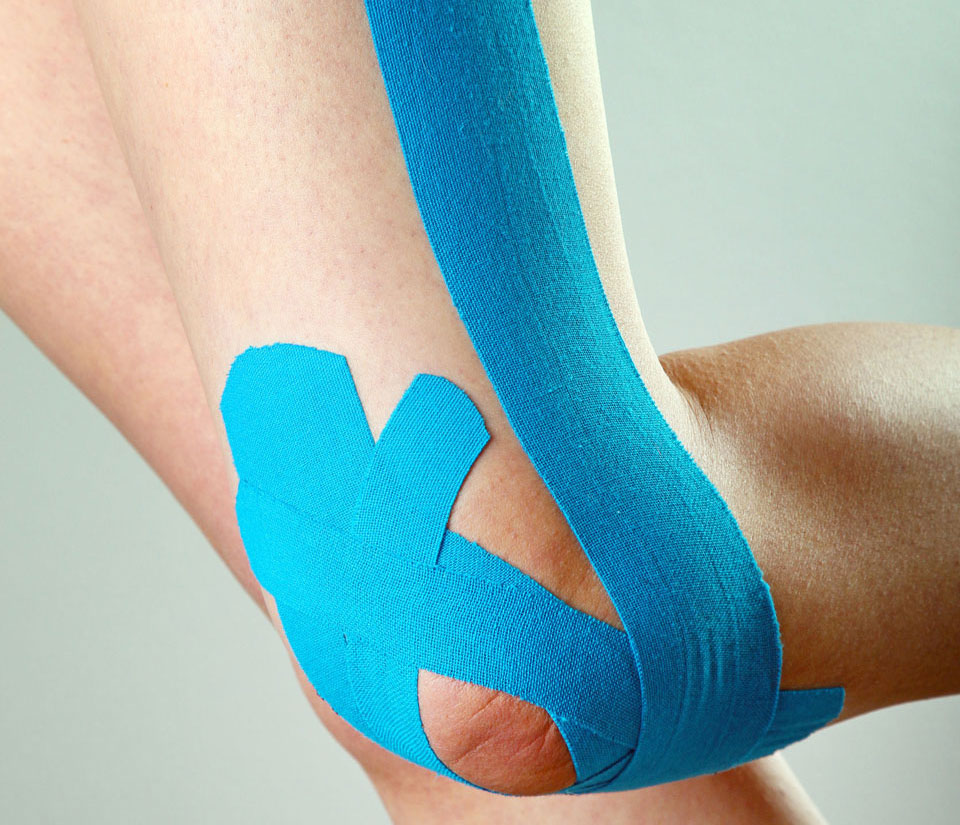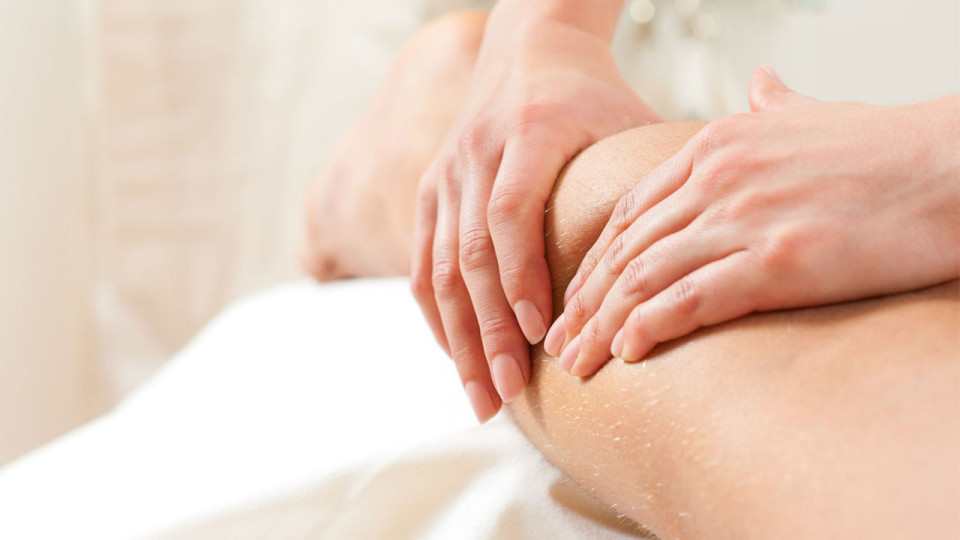Physiotherapy or physical therapy is a science-based health care service that holistically rehabilitates disabilities and injuries to promote improved quality of life, return of functional mobility, and maintain health for people of all ages.
The main goal of physical therapy is to empower and encourage development of active recovery while maintaining and improving their lifestyle with exercise and improved body awareness.
I will debunk some of the common myths about physiotherapy, and also show what goes on in the day of a physiotherapist.
3 Common Myths About Physiotherapy
False Myth #1: Physiotherapy requires a doctor’s referral.
A physician’s script is not needed and an appointment for consultation and treatment can be made at the clinic. That said, if insurance requires a doctor’s note, then a referral is needed for reimbursement.
False Myth #2: Physiotherapy is for athletes, sports elites and extreme accident clients.
Physiotherapists not only treat athletes, but also weekend warriors, office workers, motor vehicle accident victims, and those who simply have “wear and tear” pain.
For weekend warriors, because of their lack of exercise throughout the week, it’s important to target areas that can cause injury and provide possible other forms of exercise during the week that can help them become more fit and strong.
For people who are suffering from “wear and tear” pain, they will get catered individualised treatment to reduce symptoms proper exercise training for the specific wear and tear joints.
False Myth #3: Physiotherapists don’t get injured or hurt.
Physiotherapists are just like you and most do participate actively in sports. Injuries are bound to happen. The only difference is that a physiotherapist knows how to treat themselves to get back into the game and return to functional mobility.
I can provide a recent example that I went through personally. As part of my training, signing up for shorter races was an integral part of my running regime so that I can rev up some speed as I continue to accumulate mileage. But, like mentioned before, injuries happen and on one particular race, the Straits Time Run in the Park (15km run), I twisted my ankle just minutes before the start.
Yet I ran the race knowing if I was able to maintain proper body mechanics and minimize ankle torsion, I would be fine. The next thing I knew was the fact that I came in first for that race. The same day, with significant swelling, I kinesio-taped and R.I.C.E’d (rest, ice, compression, elevation) my ankle to prepare for the following week’s Singapore Army Half Marathon, which I came in 4th.

So What Does a Physiotherapist Actually Do?
As a physiotherapist trained in running and also a serious runner, the services offered for clients who run comes from both clinical skills of running technique to the mental aspect of training.
For any runner, I always check the shoe wear and running form. Physiotherapy not only treats injuries but also works as a prevention of injuries, and I will also check if there are any injuries or areas that potentially can cause injury (any weak spots as viewed from running form).
I also give at least 3 exercises and include a training guideline. If they are entered in an upcoming race, I have them contact me (even off work hours!) to let me know how they’re doing with training and how they performed in the race.
Outside of sports consultations, physiotherapists are also trained in many areas that include working with kids, adults and the elderly. We also work with an array of diagnosis from neurology and musculoskeletal pathologies and many other diseases.
Physiotherapy sessions are tailored to each client’s needs. Someone may have one physiotherapy session or many sessions over months or years depending on their diagnosis. The most important goal of every session is to regain strength and mobility.
Injury Prevention is Key
As physiotherapists, we are not just massage therapists with a graduate degree! We work hard to see our patients get better and become independent in self-management.
For runners who run long-term, it is good to be on the safe side, and go to certified physiotherapists to get your running analysis done. This is to ensure that you are running in the correct form and posture.
I cannot stress how important running in the correct form and posture is to anyone. Otherwise, anyone can get hurt very easily. Once that is fixed, you are on your road to building up stamina and clocking mileages and speed that you have always wanted to achieve.
Good luck in running!





